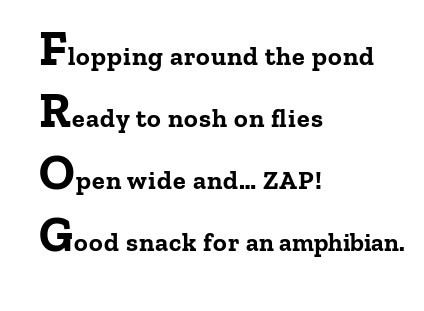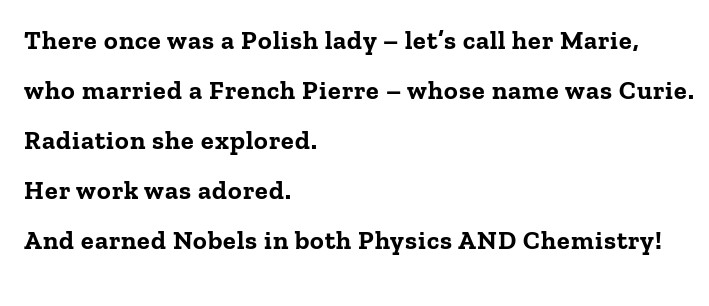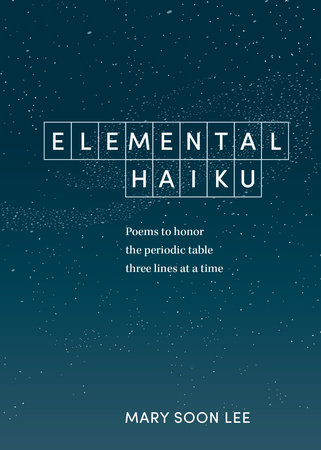
By Donna Giachetti
A few months ago, a colleague at Educational Innovations shared with me a poetry web page he thought I’d enjoy. It was a joyful little corner of the Internet called Elemental Haiku. (Thanks, Ted!) The author, Mary Soon Lee, composed 119 science haiku – a poem for each element in the Periodic Table.
As an English major in college, I loved haiku and other forms of poetry. I wasn’t nearly as keen on the Periodic Table back then… but things change.
Now, as I dipped into different elements’ haiku, I was bowled over by how clever and whimsical they were! And, quite often, profound. Check out this one for Mercury (Hg):
Madness the price paid
for your molten alchemy.
Metal. Planet. God.
Or how about this Carbon (C) haiku?
Show-stealing diva,
throw yourself at anyone,
decked out in diamonds.
My own personal favorite is Neon (Ne):
There’s no shame in it.
Advertising pays the bills.
Stop looking so red.
So much creativity… and so much science!
Poetry in the Science Classroom?
It got me wondering: how can we bring more poetry into our science lessons? Why not show our students how to braid together language arts with science?
It’s not such a crazy idea, it turns out. I was encouraged to learn I’m not alone in wondering about the intersection between science and poetry. For instance, I discovered scientific poet Dr. Sam Illingworth, whose essay “How Poetry Can Help Communicate Science” includes this observation:
“Science and poetry offer complementary, rather than antagonistic, ways of making sense of the world in which we live.”
DR. Sam Illingworth
Exactly!
Further web surfing led me to realize that poets have been writing about science for centuries. Check out this site, Top 10 Science Poems, if you don’t believe me. There are poems by Edgar Allen Poe, William Carlos Williams, Walt Whitman, and others.
Create Your Own Challenge
So here’s my proposal to you: What if you challenge your students to compose their own science-based poetry? It could be in the form of a traditional haiku—five syllables, seven syllables, five syllables. Although if you think about it, any type of poetry would work.
What would you suggest to your class? Limericks? A sonnet? Free verse? Even a simple rhyming couplet or alphabet poem can be created by younger students. For instance:

Feeling brave, I tried my hand at a limerick. Here’s the (not-exactly-sublime) result:

Well… I tried. 🙂
But back to the Elemental Haiku website. I wrote to Mary Soon Lee, asking for permission to reproduce her haiku in our blog. She was thrilled to share. In fact, it turns out she has expanded her creation into a book with illustrations and explanatory notes about each element. Take a look: Elemental Haiku. She asked me to share with you the book’s dedication:

To my own teacher,
Jane Angliss, from whose lessons
these haiku have grown.
And to all teachers
whose lessons waken a love
of the sciences.
If you try this in your own classroom, I hope you’ll share your students’ creations with us (in the comments below). We’ll read them all, I promise!

